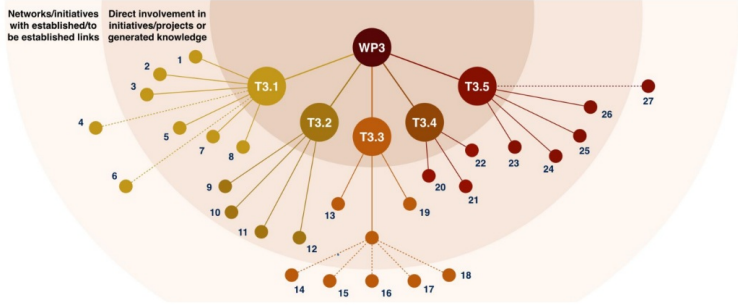CREDIBLE project accepted: eLTER partners with other experts on achieving credible soil carbon farming in the EU
30 January 2023
HORIZON-MISS-2022-SOIL-01
Lead by: Tristano Bacchetti-De-Gregoris, SAE Spain
Budget: ~€3M
Lifespan: 2023 – 2026
The main goal of the CREDIBLE project is to build momentum and trust for the implementation of carbon farming in the EU. This will be primarily achieved by setting up and moderating a network of initiatives, projects and stakeholders for favouring transparency, environmental integrity, and methodology standardisation in soil carbon accounting.
Such a Network of Networks will be responsible for pushing forward multiple discussions (articulated around three main themes: which practices; what standards; how to monitor) and is expected to evolve from a mostly technical/scientific network at the onset of the project, into a process catalysing policy making and business innovation toward its end.
CREDIBLE brings together experts of different land-uses (arable, forestry, agroforestry, peatland and grassland), cropping systems, and ecosystem services linked to agriculture, experts on carbon standards and on the
implementation of regulatory processes and experts from the European Soil Observatory, eLTER, ICOS and the EJP Soil, to underpin the establishment of data collection networks.
In four WPs, CREDIBLE will build and disseminate a practical toolbox for promoting carbon farming, capable of taking into account local land uses, best practices, and multi-actor interests (WP1). It will identify options for benchmarking and selecting standards, certification mechanisms, fair rewarding systems and policy instruments for carbon farming (WP2).
CREDIBLE will favour the establishment of a network of soil carbon data collectors and repositories to improve measuring and monitoring carbon dynamics (WP3), and it will develop processes and tools to drive conversations for the upscaling of carbon farming (WP4).
